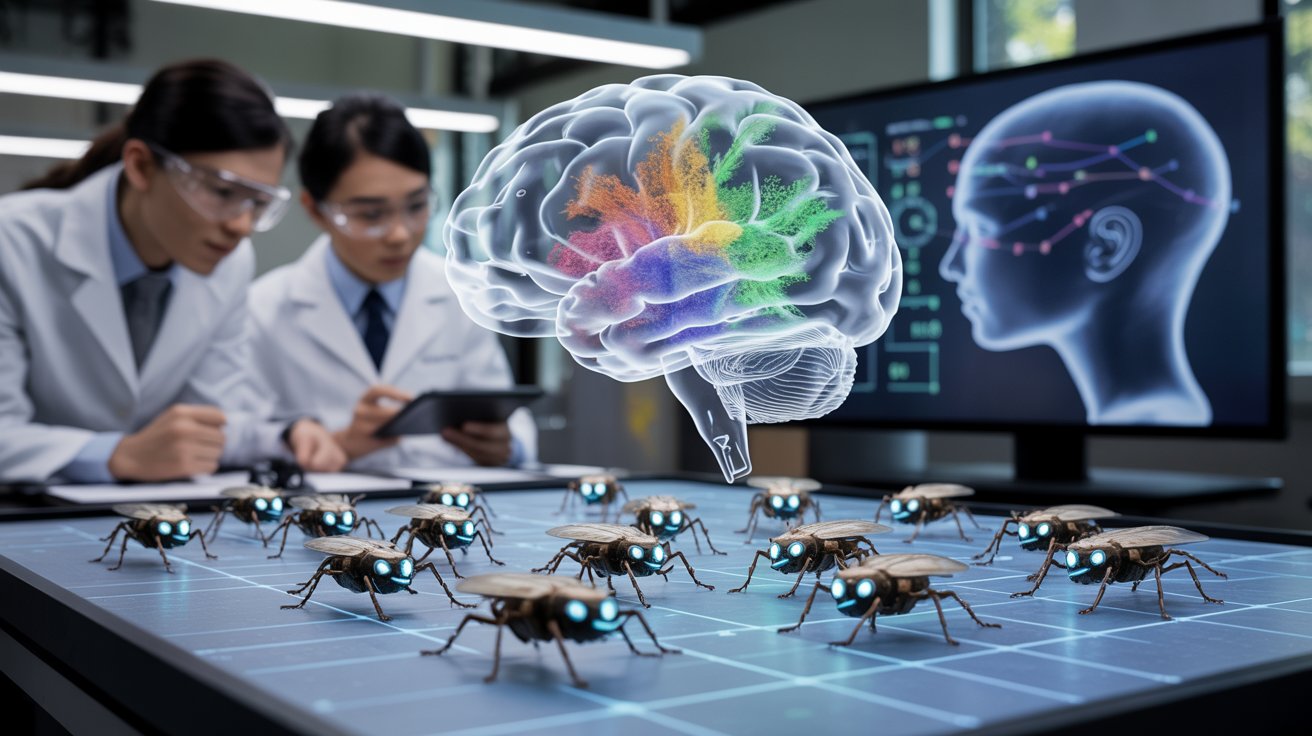As artificial intelligence (AI) continues to evolve at a breathtaking pace, researchers are increasingly looking to nature for inspiration. From the graceful flight of birds to the collective behavior of ants, the natural world has spent billions of years solving complex problems — efficiently and elegantly. This has given rise to bio-inspired AI, a field that blends biology and technology to build smarter, more adaptable machines.
In the United States, where innovation often leads global tech trends, bio-inspired AI is shaping everything from autonomous vehicles to environmental monitoring. But what exactly is it, and how is it helping us learn from nature’s intelligence to develop the next generation of AI systems?
What Is Bio-Inspired AI?
Bio-inspired AI refers to artificial intelligence systems that are designed based on principles observed in biological organisms. These systems do not just mimic the appearance of nature — they replicate its behavior, adaptability, and efficiency.
Instead of programming machines using traditional rules and logic, scientists look at how animals and ecosystems naturally solve problems. The idea is simple but powerful: nature has already worked out some of the most efficient strategies for survival, learning, and communication. So why not use those blueprints?
Why the U.S. Is Investing in Bio-Inspired AI
The United States has long been a global leader in tech innovation, and bio-inspired AI is no exception. Government agencies like DARPA (Defense Advanced Research Projects Agency) and research institutions such as MIT, Stanford, and Caltech are actively funding and developing bio-inspired projects.
Here’s why this matters:
- Adaptability: Bio-inspired systems learn from experience and evolve in real time, just like animals adapting to their environment.
- Energy Efficiency: Nature uses minimal energy to solve complex tasks — something U.S. engineers are eager to replicate for greener tech.
- Robustness: Biological systems are fault-tolerant. Think of how a spider continues spinning a web even if one leg is injured. That resilience is vital in fields like defense, robotics, and space exploration.
Real-World Applications of Bio-Inspired AI
Bio-inspired AI isn’t just a theoretical concept. It’s already being used in industries across the U.S. Here are some striking examples:
1. Swarm Robotics

Inspired by bees, ants, and fish schools, swarm robotics uses simple, autonomous agents that collectively perform complex tasks. These systems are being tested in the U.S. for:
- Search and rescue missions
- Military reconnaissance
- Crop monitoring in agriculture
Instead of relying on one large robot, multiple smaller ones can communicate and adapt together — a concept borrowed directly from nature.
2. Neural Networks
The foundation of modern AI — the neural network — is itself bio-inspired. Modeled after the human brain, these networks learn patterns through interconnected “neurons” in ways that resemble how humans learn and remember.
Today, neural networks power voice assistants, facial recognition, and even fraud detection systems across America.
3. Evolutionary Algorithms
Just like species evolve over time through natural selection, evolutionary algorithms are used to “evolve” better solutions. These algorithms are employed by American companies in:
- Optimizing logistics for supply chains
- Designing better product recommendations
- Generating more efficient coding algorithms
This adaptive approach helps businesses stay ahead in highly competitive industries.
4. Computer Vision Inspired by Human and Animal Eyes
Nature has some of the most advanced imaging systems — like the compound eyes of insects or the depth perception of owls. Engineers in the U.S. are designing camera systems for autonomous cars and drones that mimic these traits to enhance safety and precision.
How Nature’s Intelligence Enhances Machine Learning
Traditional machine learning often requires vast datasets and computing power. Bio-inspired approaches aim to make AI more efficient, flexible, and self-learning, often using fewer resources.
For example:
- Spiking Neural Networks model how neurons communicate in the human brain using electrical impulses. This makes real-time decision-making faster and more energy-efficient.
- Neuromorphic Computing, an emerging field at companies like IBM and Intel, uses chip architecture modeled after the brain’s neural structure, opening the door for low-power AI applications.
The Future of Bio-Inspired AI in the U.S.
As the U.S. continues to lead in AI research, the integration of biology and machine intelligence is expected to become even more prominent.
Key future areas include:
1. Smart Cities
Imagine cities that adapt to traffic patterns like an ant colony adjusts to food sources. Bio-inspired AI can optimize energy use, reduce congestion, and improve emergency responses in urban settings.
2. Personalized Healthcare
By mimicking how the immune system learns to fight disease, AI could develop personalized medicine tailored to your genetic makeup. U.S. healthcare innovators are exploring AI models that adapt in real time to individual patient needs.
3. Environmental Monitoring
From tracking forest fires using bird-inspired drones to monitoring ocean pollution with AI-guided fish bots, nature’s design can help us heal the environment more effectively.
Challenges and Ethical Considerations
While bio-inspired AI offers incredible potential, it’s not without hurdles:
- Complexity of Biology: The natural world is still vastly misunderstood. Replicating its intelligence isn’t easy.
- Safety and Control: Systems that learn and adapt on their own may behave unpredictably if not properly monitored.
- Ethics and Bias: Even bio-inspired systems can inherit biases if the underlying training data is flawed.
The U.S. must balance innovation with ethical responsibility — ensuring that these powerful tools are used for good.


2 thoughts on “Bio-Inspired AI: Learning from Nature’s Intelligence”